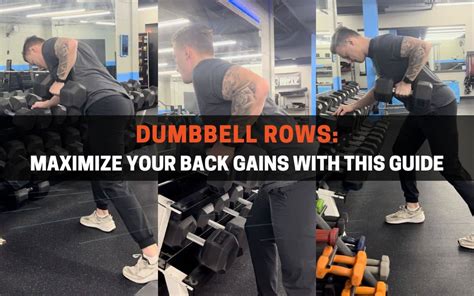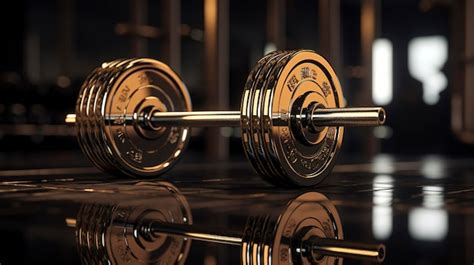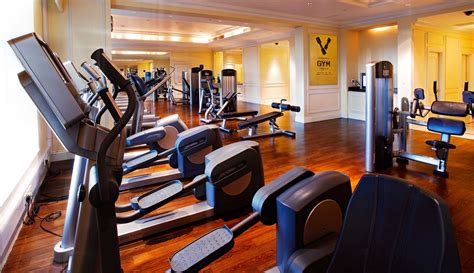Beyond reps: How to maximize lifting intensity for faster muscle & strength gains?

Unlocking True Training Intensity: Beyond the Rep Count
Many lifters fixate solely on the number of repetitions, believing that more reps automatically equate to better results. While reps are a fundamental metric, true muscle and strength gains often lie “beyond reps” – in the nuanced application of lifting intensity. Maximizing intensity isn’t just about lifting heavy; it’s about optimizing every aspect of your set to send the strongest possible growth stimulus to your muscles.
This article will delve into effective strategies for elevating your lifting intensity, ensuring that every session is not just productive, but transformative, leading to faster and more significant muscle hypertrophy and strength adaptations.

Defining Intensity Beyond the Obvious
Traditionally, intensity is often misconstrued as simply lifting the heaviest weight possible. While weight is a component, a more effective definition involves how close you train to your momentary muscular failure, or the effort exerted relative to your capacity.
Rate of Perceived Exertion (RPE) and Reps In Reserve (RIR)
Two critical tools for gauging true intensity are the Rate of Perceived Exertion (RPE) and Reps In Reserve (RIR). RPE is a scale (typically 1-10) where 10 is maximal effort, meaning you couldn’t complete another rep. RIR directly correlates, indicating how many more reps you could have performed at the end of a set. Training consistently at an RPE of 7-9 (1-3 RIR) for most working sets is crucial for stimulating adaptation without excessive fatigue.
Key Strategies to Maximize Lifting Intensity
1. Prioritize Progressive Overload in All Forms
Progressive overload is the cornerstone of continuous progress. It’s not just about adding more weight to the bar. Intensity can be increased by:
- Increasing weight: The most straightforward method.
- Increasing reps: Performing more reps with the same weight.
- Improving form: Lifting the same weight/reps with stricter, more controlled technique.
- Decreasing rest times: Maintaining performance with shorter recovery periods between sets.
- Increasing Time Under Tension (TUT): Slower eccentrics or concentrics, or isometric holds.

2. Master Tempo and Time Under Tension (TUT)
Slowing down your reps, especially the eccentric (lowering) phase, can dramatically increase the intensity and the muscle-building stimulus. A controlled 2-3 second eccentric, followed by a powerful concentric (lifting) phase, ensures the muscle is under tension for longer, causing more micro-trauma and promoting hypertrophy. Avoid simply “throwing” the weight up and letting it drop; every phase of the lift counts.
3. Cultivate the Mind-Muscle Connection
Instead of just moving weight from point A to point B, actively focus on feeling the target muscle contract and extend throughout the entire range of motion. Visualizing the muscle working can recruit more muscle fibers and make even lighter weights feel more challenging, intensifying the stimulus without necessarily increasing the load.

4. Strategic Application of Training to Failure (or Close to It)
While not every set needs to be taken to absolute muscular failure, pushing close to it (0-1 RIR) on your heaviest or final sets for a given exercise can be a powerful driver of muscle growth. The last few reps, where fatigue sets in and you struggle, are often the most potent for stimulating adaptation. However, apply this judiciously, particularly with compound movements, to minimize injury risk and avoid excessive central nervous system fatigue.
5. Optimize Rest Periods
The duration of your rest periods significantly impacts intensity. Shorter rest periods (30-90 seconds) increase metabolic stress, which is another pathway for hypertrophy, especially for isolation exercises. Longer rest periods (2-3+ minutes) allow for greater recovery, enabling you to lift heavier weights for more reps, which is crucial for strength gains and mechanical tension.
Varying rest periods based on your goals and the exercise can be a highly effective intensity technique. For example, use longer rests for primary compound lifts and shorter rests for accessory work.

Implementing Intensity Safely and Effectively
While pushing intensity is vital, it must always be balanced with proper form, adequate recovery, and smart programming. Overtraining can lead to plateaus, injury, and burnout. Periodization, which involves cycling through phases of higher and lower intensity, can help manage fatigue and ensure continuous progress.
Listen to your body. If you’re consistently feeling rundown, experiencing joint pain, or seeing performance drops, it might be time to dial back the intensity or incorporate a deload week.

Conclusion: The Holistic Approach to Gains
Moving beyond a simple rep count is essential for any serious lifter aiming for faster muscle and strength gains. By understanding and manipulating true lifting intensity through metrics like RPE/RIR, focusing on progressive overload in its various forms, mastering tempo, connecting with your muscles, and strategically applying training to failure and optimized rest periods, you transform your workouts from merely moving weight to actively building a stronger, more muscular physique. Embrace these principles, and watch your progress soar.





